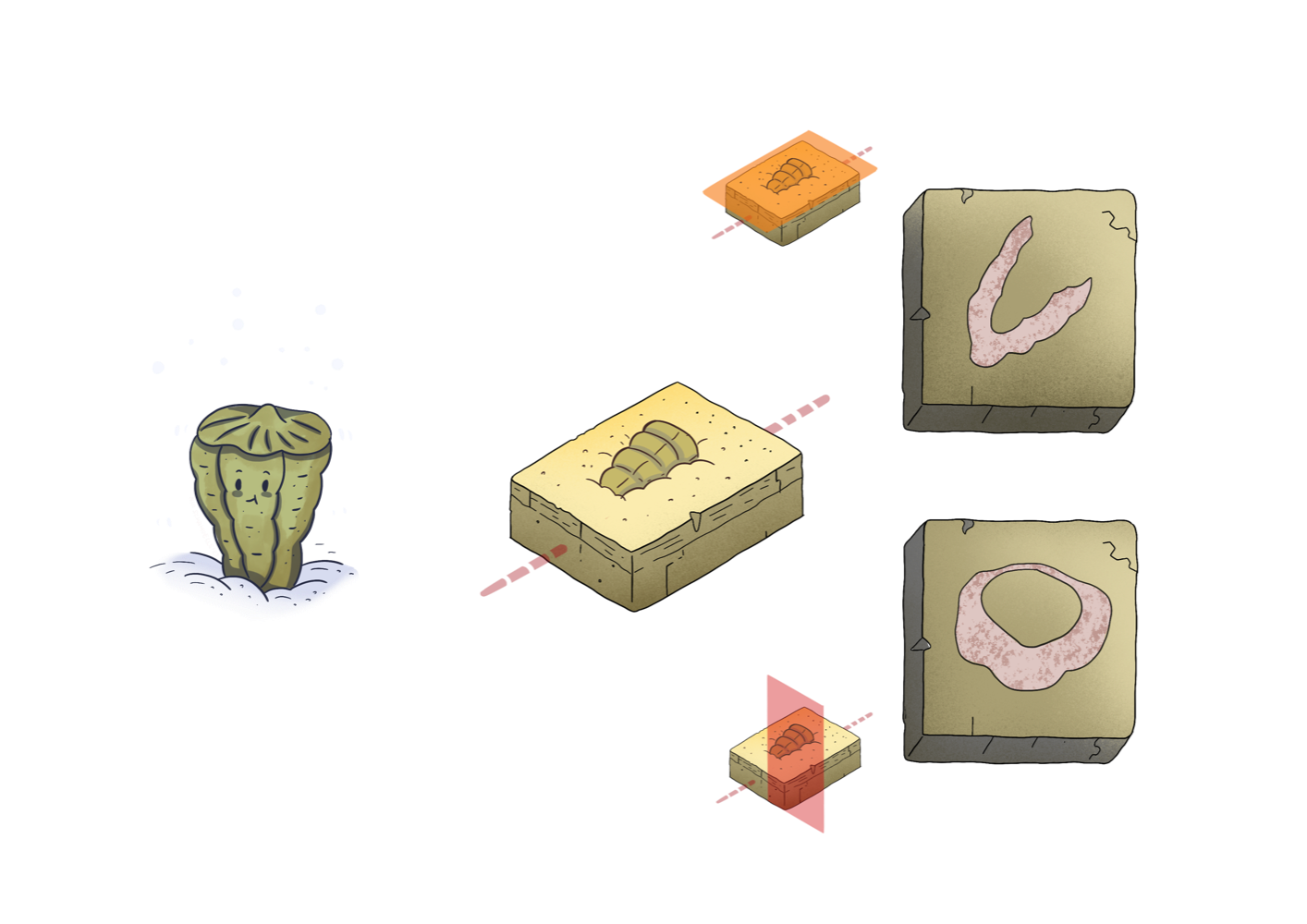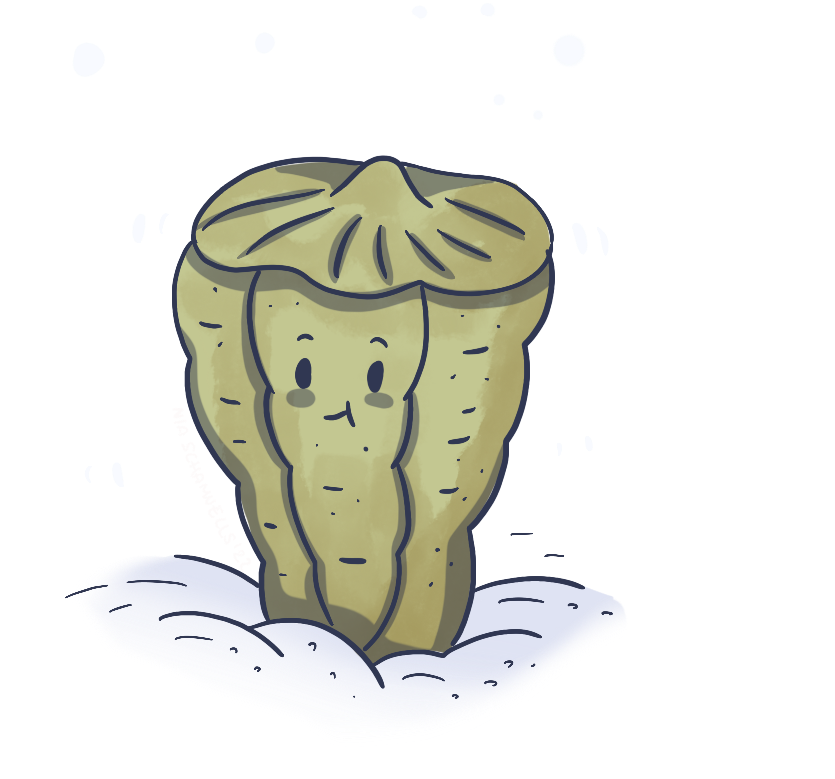Fossil rudists are extinct marine animals that once thrived in the oceans during the Late Cretaceous period, around 100 to 66 million years ago. These fascinating creatures are related to modern-day clams and oysters and are known for their distinctive conical shells.
Rudists were bivalves, meaning they had two shells that hinged together. However, unlike modern bivalves, the two shells of rudists were not symmetrical, with one shell much larger than the other. This asymmetrical shape allowed rudists to attach themselves to hard substrates such as rocks and coral reefs.
Rudists were bivalves, meaning they had two shells that hinged together. However, unlike modern bivalves, the two shells of rudists were not symmetrical, with one shell much larger than the other. This asymmetrical shape allowed rudists to attach themselves to hard substrates such as rocks and coral reefs.

Rudists lived in warm, shallow seas and formed large reefs that were an important part of the marine ecosystem of the time. These reefs provided habitat for many other marine organisms, including fish, turtles, and sharks.
Fossil rudists are valuable to scientists for studying the evolution and ecology of ancient marine ecosystems. By analyzing the size, shape, and distribution of rudist fossils, researchers can learn about past ocean temperatures, nutrient availability, and other environmental conditions. Fossil rudists can also help geologists date rock formations and reconstruct ancient environments.
In addition to their scientific value, fossil rudists are also popular among collectors for their unique and intricate shell structures. These ancient marine animals offer a glimpse into the diversity of life that once existed on our planet and serve as a reminder of the incredible history of our Earth.
Fossil rudists are valuable to scientists for studying the evolution and ecology of ancient marine ecosystems. By analyzing the size, shape, and distribution of rudist fossils, researchers can learn about past ocean temperatures, nutrient availability, and other environmental conditions. Fossil rudists can also help geologists date rock formations and reconstruct ancient environments.
In addition to their scientific value, fossil rudists are also popular among collectors for their unique and intricate shell structures. These ancient marine animals offer a glimpse into the diversity of life that once existed on our planet and serve as a reminder of the incredible history of our Earth.
